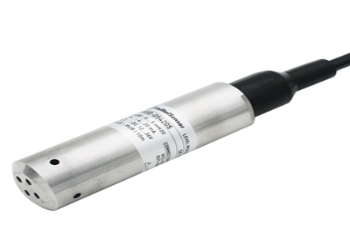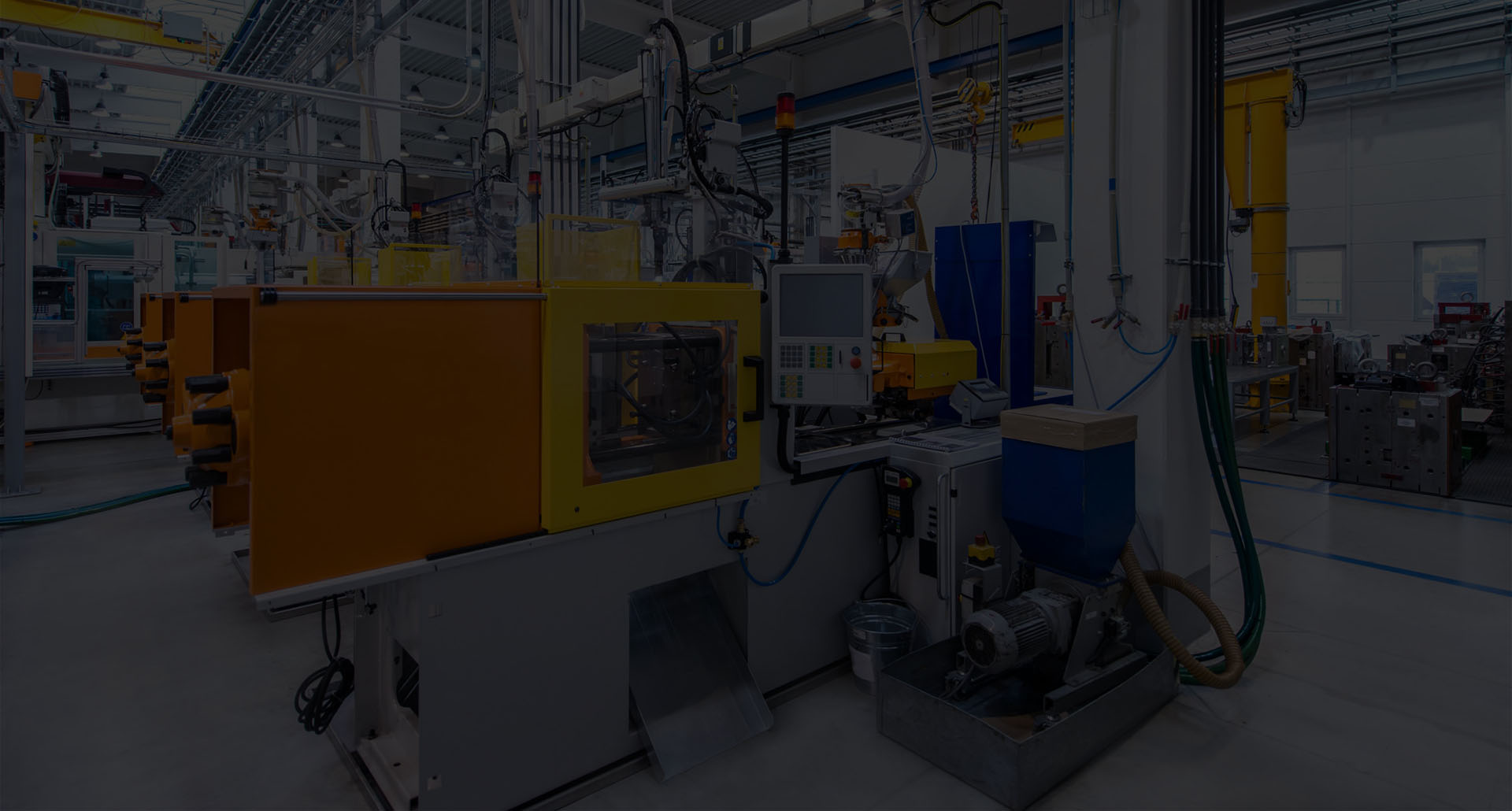- Have any questions?
- +61 424 178 561
- +61 3 9837 5203
- [email protected]
Level Transmitters

The submersible level pressure sensor, also referred to as a level sensor or level transmitter, is submerged directly in the liquid to be measured and positioned as close as possible to the bottom. There, the submersible pressure sensor measures the hydrostatic pressure, which enables a direct conclusion regarding the current level, i.e. the height of the liquid column above it.
A pressure transmitter suitable for hydrostatic depth measurement can continuously output both analogue (4-20mA) and digital (RS485) signals simultaneously. It offers a very high accuracy over a wide temperature range, an excellent repeatability and very long-term stability. The sensor is isolated from the process by a stainless-steel diaphragm and a filling liquid. The electronics are located within the hermetically sealed transmitter housing which gives an excellent resistance to shock and vibration.
Submersible pressure transducers are cost effective, offer excellent compatibility with liquids, do not have issues regarding reflection or foaming, and can offer low current consumption for battery powered applications.
Some of the applications examples of Submersible level transmitters are as follows.
City water supply Hydrostatic pressure measuring sensors are used in all fields of the municipal water supply: in production and preparation of raw water to obtain drinking and sanitary water, as well as for water storage and distribution. For example, hydrostatic level sensors, permanently immersed in boreholes can measure the depth of the water table. Municipal wastewater treatmentSubmersible level sensors are also used in most diverse fields of city wastewater treatment, e.g. in overfall, drainage, rain retention and aeration basins, settling ponds, raking systems, filter presses, sewage tanks and digester towers etc.
Industrial wastewater treatmentThere is a growing interest in wastewater treatment systems with state-of-the-art measurement technology. Slentech offers innovative solutions in the field of pressure, temperature, flow and level monitoring in wastewater treatment processes. Piezoresistive submersible level sensors can be applied to measure and control in the petrochemical, medical, metallurgy, power station, mines, hydrology survey and various other industries.
Tank LevelsFresh water, diesel fuel tanks and chemical totes all use submersible pressure transmitters for level monitoring. Liquid level can be determined using a submersible pressure transmitter by taking a continuous pressure measurement from the bottom of the tank or measurement point where the transmitter's diaphragm is placed. If the pressure transducer is located at the bottom of the measurement range, such as resting at the bottom of a tank, the pressure is proportional to the height of the liquid directly above it. In another configuration, the sensor can continuously monitor the tank level through a threaded connection outside the tank, remains fully submersible for applications with flood prone environments or severe wash-down conditions.

